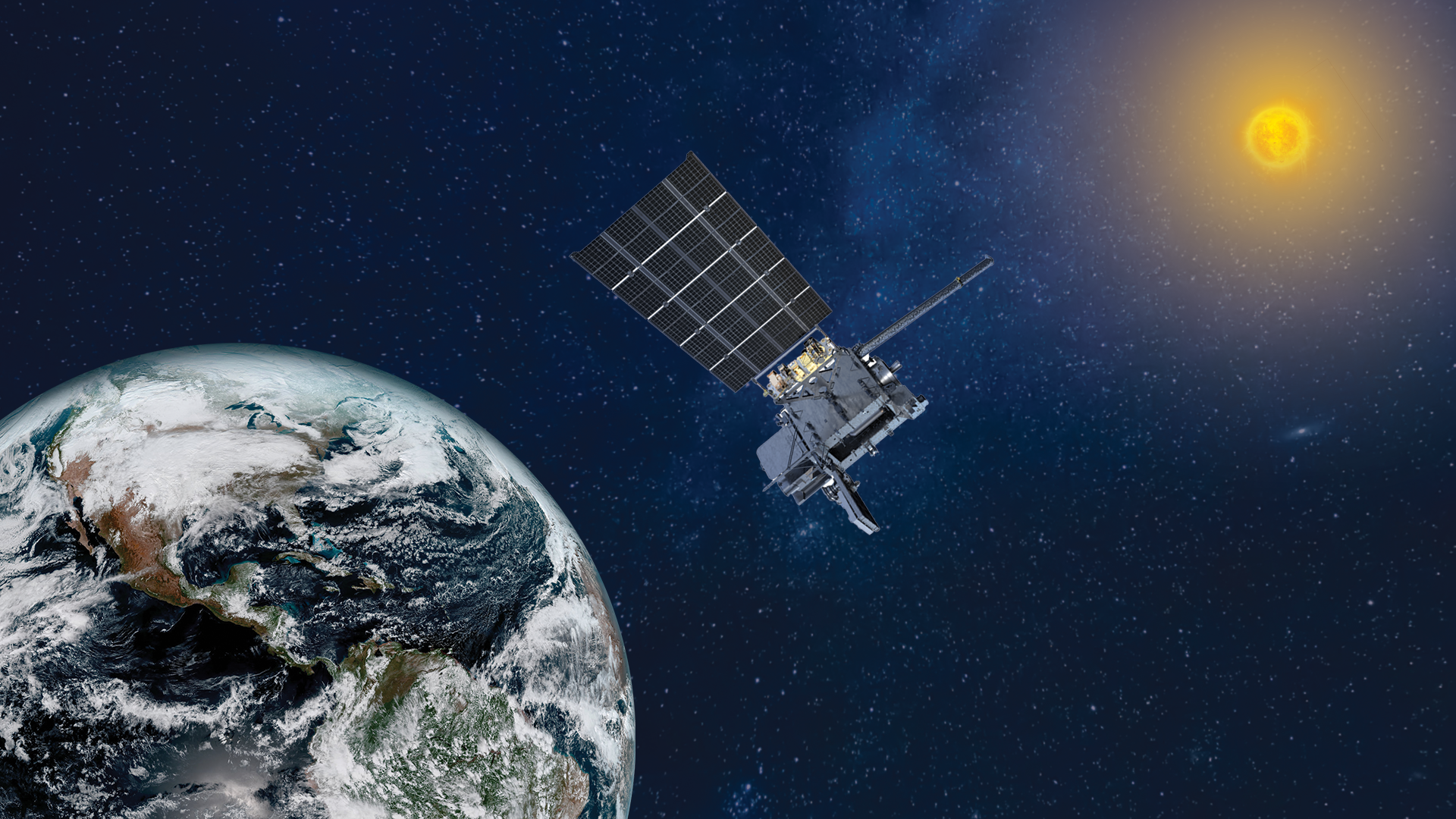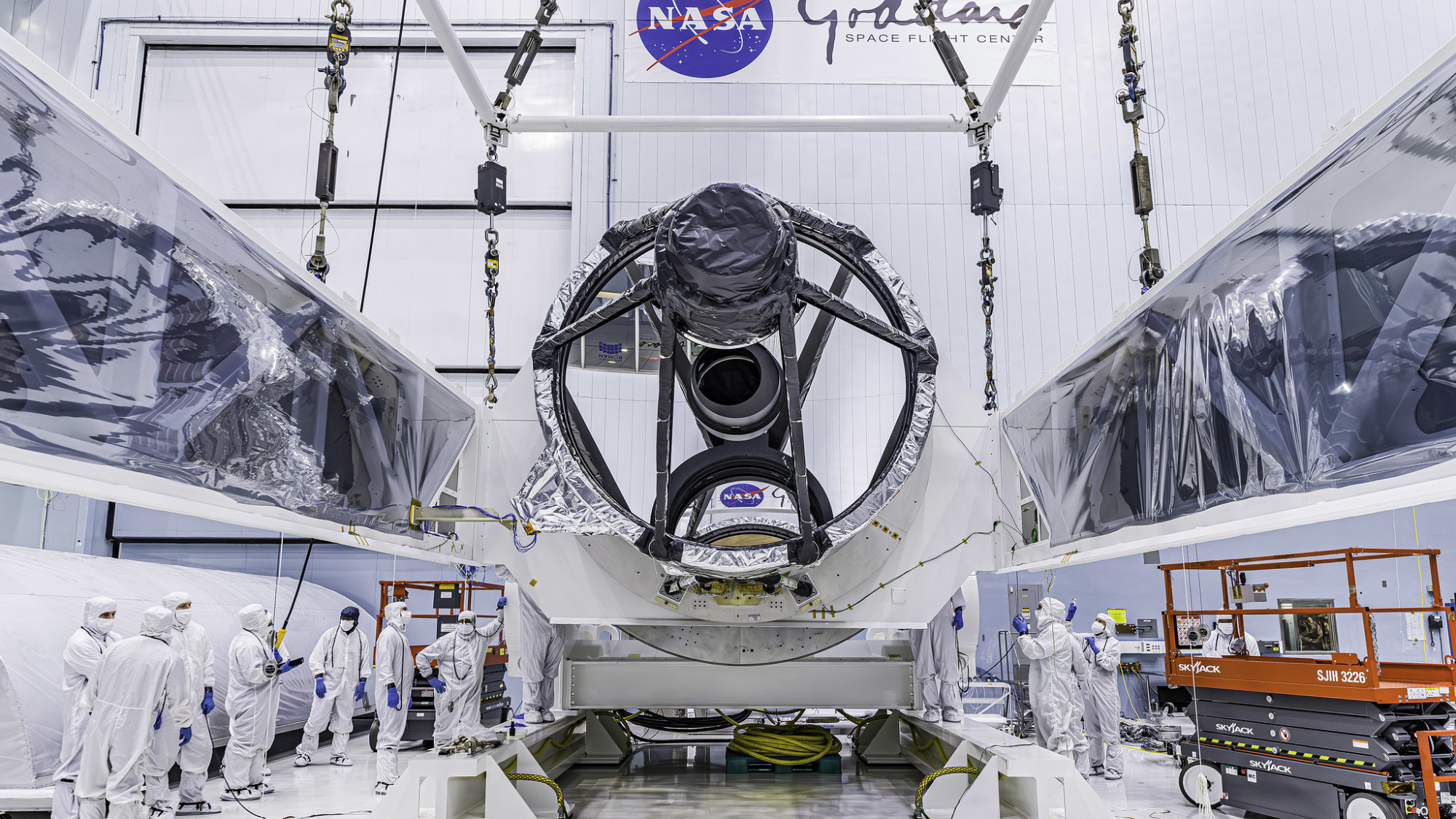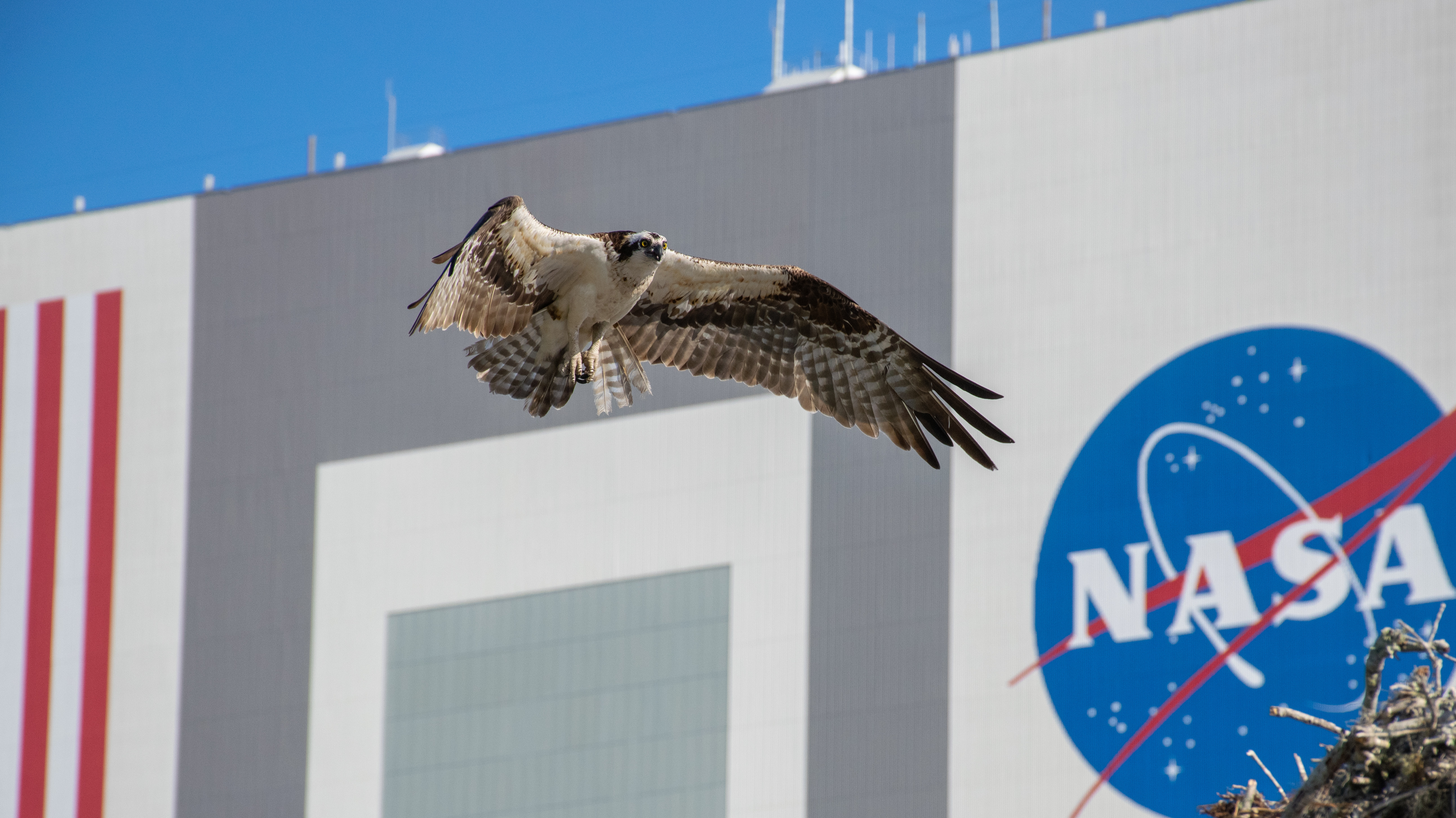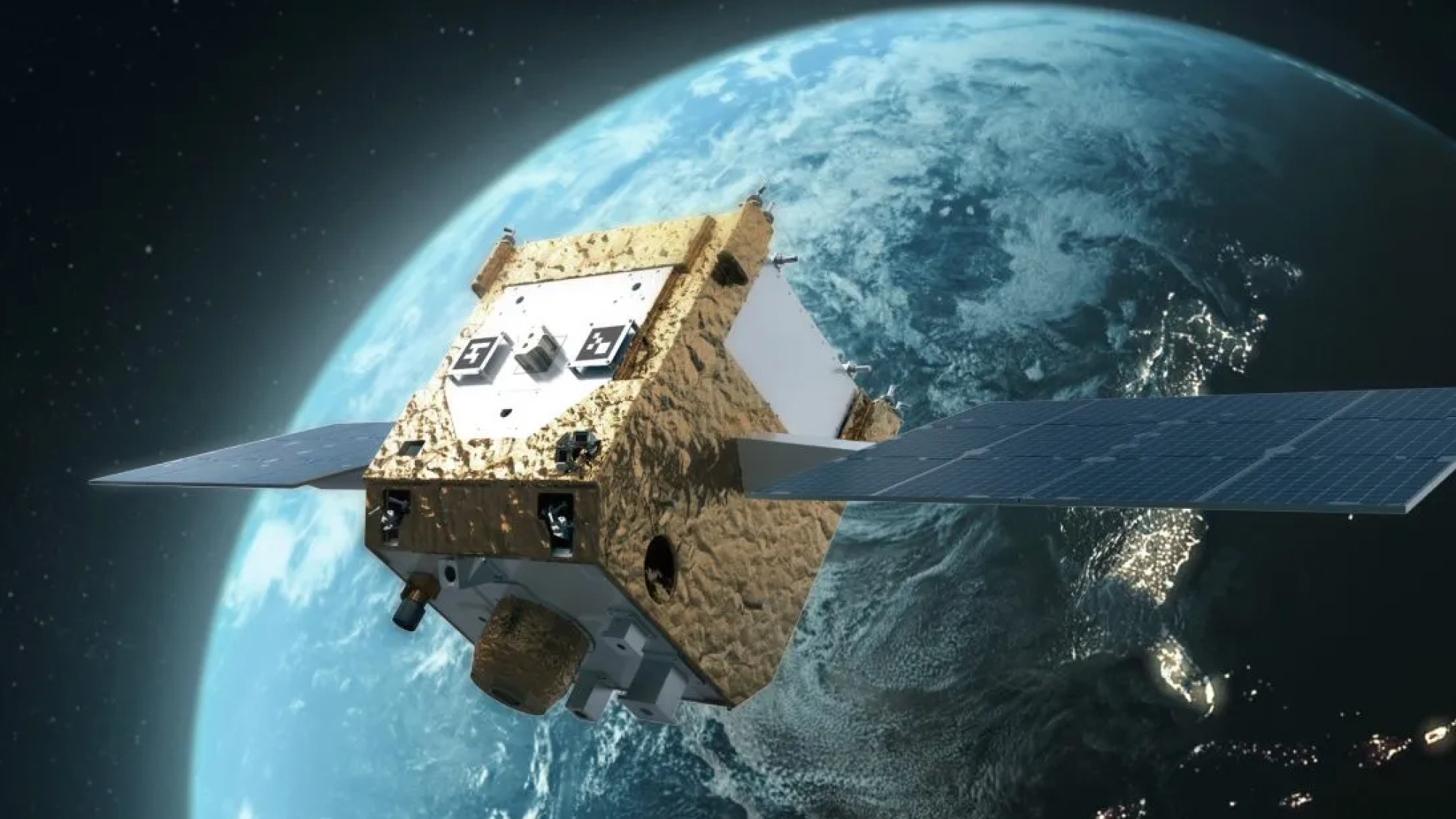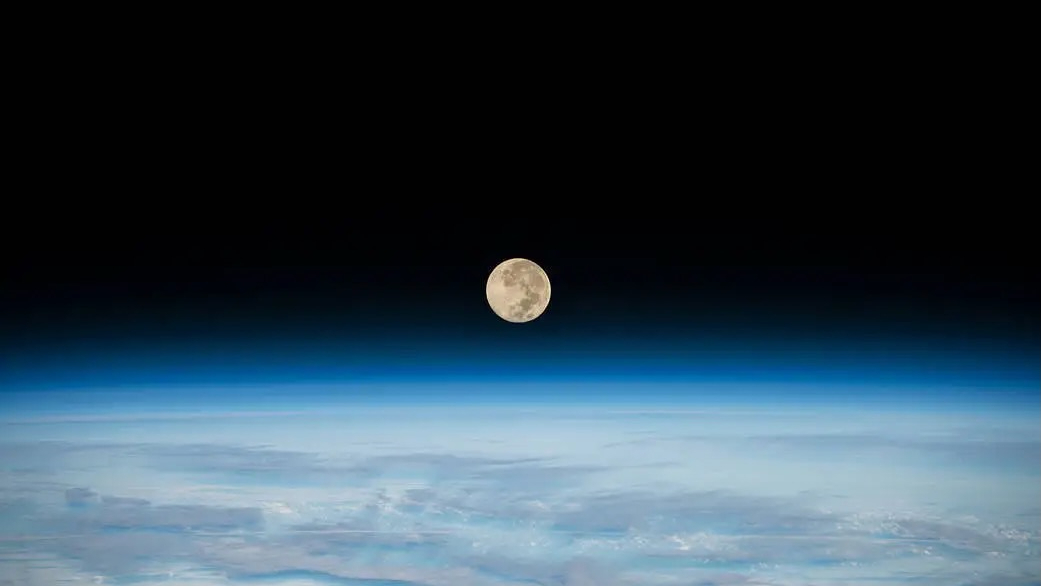
Saturday night (April 12) brings us the April full moon, which traditionally is known as the "Pink Full Moon." The Native Americans who once occupied the northern and eastern United States kept track of the seasons by attaching distinctive names to each full moon that occurred at approximate 29-day intervals during the course of the year
The "Pink Moon" name is rather deceptive, however, because it might initially give some the idea that on that particular night the full moon will appear to glow with a pinkish or salmon hue. Some years ago here at Space.com, I related an anecdote about when I was a young boy and a local TV weathercaster made the suggestion to go out and look for the pink moon, and my mother dutifully took me outside to show it to me — which instead, disappointingly, appeared like any other normal full moon.
The "pink" moniker comes from the fact that April is that part of the spring season when a widely cultivated flowering plant, indigenous to the eastern and central portions of Canada and the United States, is usually in full bloom: Phlox subulata, which also goes by the name "creeping," "mountain," or "moss pink" phlox. Hence the pink reference for the April full moon.
The rules for dating Easter
This year, the April full moon has yet another title: The Paschal Moon. It's an important lunar event for two different cultures, in that it serves to set the start of the Hebrew feast of Passover and the date of the Christian holiday of Easter.
Related: Full moon calendar 2025: When to see the next full moon
The new moon nearest the vernal equinox is the first day of the Hebrew month of Nisan. Then comes the next full moon, the so-called Paschal Moon, on 14 or 15 Nisan, which also marks Pesach, or Passover.
As for Easter, it falls on the Sunday that follows the first full moon occurring on or after the day of the vernal (spring) equinox: the Paschal Moon. Since the Paschal Moon occurs this year on Saturday (at 8:22 p.m. EDT), it stands to reason that Easter should come the next day, Sunday (April 13).
Get the Space.com Newsletter
Breaking space news, the latest updates on rocket launches, skywatching events and more!
But it doesn't.
In fact, eight additional days will pass after this Paschal full moon before Easter Sunday 2025 is finally celebrated on April 20. We'll explain the probable reason for this discrepancy in a moment.
But first, a few "fine points" need to be cited concerning the criteria for designating a date for Easter.
Ecclesiastical hierarchy vs. astronomy
First, according to the current ecclesiastical rules, the vernal equinox — the first day of spring — is fixed on March 21, even though worldwide from the years 2008 through 2101 it actually will occur no later than March 20. This sometimes leads to some oddities. In the year 2038, the equinox falls on March 20, with a full moon the very next day (a Sunday). So, astronomically, Easter should fall on March 28 of that year. In reality, however, as mandated by the rules of the church, Easter in 2038 will be observed as late as it possibly can come, on April 25.
Second, the dating of the Paschal Full Moon is not based on astronomical computations but rather is taken from ecclesiastical tables. These tables derive their lunar calculations (known as computus paschalis) from such elements as epacts and the Golden Number. So, the date provided by the "ecclesiastical moon" does not always precisely line up with the real moon!
As a result, as pointed out by the renowned Belgian mathematical astronomer Jean Meeus in his 1997 book "Mathematical Astronomy Morsels," there are 78 cases between 1583 and 2582 in which Easter is celebrated solely in accordance with ecclesiastical rules and not the more precise astronomical data.
Notes Meeus: "Because the spring equinox does not always occur on March 21, and because the Paschal Full Moon does not exactly coincide with the true full moon, unavoidably there are years when Easter falls on an incorrect date, astronomically speaking."
Related: The full moon that determines Easter
Other Easter oddities
Meeus also brings up some other fascinating facts concerning the dating of Easter. For example:
The earliest date that Easter can fall on is March 22 (the last time was in 1818; the next time will be in 2285). The latest (as previously noted) is April 25.
March Easter dates are always "isolated." That is, an Easter date in March is always preceded (one year earlier) and followed (one year later) by an Easter in April. On rare occasions, there can also be an isolated April Easter. The last time this happened was in 1990, but it will not happen again until 2085.
In our Gregorian calendar, it is possible to have 10 successive Easter Sundays fall in April, but since that calendar first came into use in 1582, this consecutive string of April Easters has never happened. It will finally take place for the very first time in the middle of the 29th century, spanning the years 2856 through 2865.
Between the years 2000 to 7999, the date upon which Easter falls the most frequently (231 times) is April 19. However, between the years 2000 and 2999, the date on which Easter falls the most frequently is not April 19, but April 16 (43 times).
So, why so late in 2025?
Now getting back to the question as to why Easter seemingly is coming late this year. Interestingly, it has nothing to do with the ecclesiastical methodology of dating the Paschal Moon or the inaccurate placement of the vernal equinox. Here in North America, the Paschal full moon indeed occurs (depending on your time zone) on Saturday (April 12), either in the late afternoon or evening.
But across the Atlantic Ocean for European longitudes ("The Old World"), the Paschal full moon takes place after midnight, early on Sunday morning (April 13). That includes the Vatican, which would likely take precedence over locations in the Western Hemisphere.
So, the first Sunday after the Paschal Moon in the Old World would come a week later, on April 20. And that's when Easter Sunday will occur this year; the latest since 2019 and until 2030 (which are both on April 21).
Joe Rao serves as an instructor and guest lecturer at New York's Hayden Planetarium. He writes about astronomy for Natural History magazine, Sky and Telescope and other publications.
Join our Space Forums to keep talking space on the latest missions, night sky and more! And if you have a news tip, correction or comment, let us know at: community@space.com.

Joe Rao is Space.com's skywatching columnist, as well as a veteran meteorologist and eclipse chaser who also serves as an instructor and guest lecturer at New York's Hayden Planetarium. He writes about astronomy for Natural History magazine, Sky & Telescope and other publications. Joe is an 8-time Emmy-nominated meteorologist who served the Putnam Valley region of New York for over 21 years. You can find him on Twitter and YouTube tracking lunar and solar eclipses, meteor showers and more. To find out Joe's latest project, visit him on Twitter.
You must confirm your public display name before commenting
Please logout and then login again, you will then be prompted to enter your display name.


